

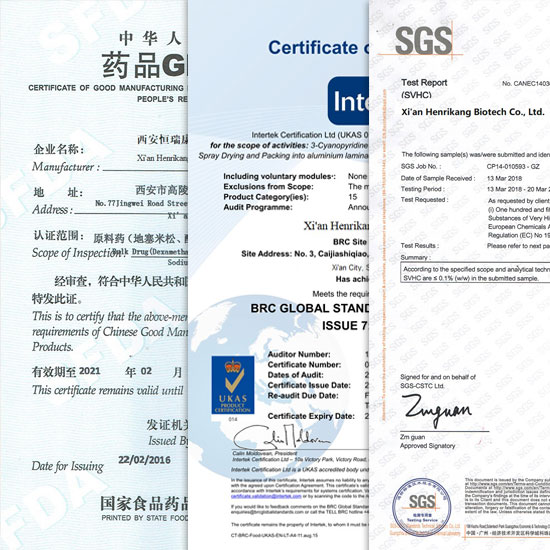



Related Attributes
Product details
D-Pantothenic acid is an important drug, food additive and feed additive with a promising market. The global consumption of calcium D-pantothenate is about 17,000 tons/year, of which the United States, Europe, Asia and Latin America are the major consumer markets.Пантотеновая кислота (сырье) порошок CAS: 7631-95-0
The market for Calcium D-Pantothenate is growing steadily, and at the same time, it is also regarded as an adjuvant therapy for depression and rheumatoid arthritis, which has a broad market prospect. Pantothenic acid has the function of making antibodies in living organisms and maintains the health of hair, skin and blood. Pantothensäure Rohstoffpulver CAS-Nr.: 7631-95-0
Pantothenic acid is also used in cosmetics because D-pantothenol can be converted into pantothenic acid, which in turn synthesizes coenzyme A, which promotes the metabolism of proteins, fats, and sugars, protects the surface of the skin and the luster of the hair, and prevents the occurrence of diseases. Pantothenic acid was first isolated and extracted from liver by scientists and later synthesized in 1940. Pantothensäure Rohstoffpulver CAS-Nr.: 7631-95-0
Pantothenic acid is α,γ-dihydroxy-β,β'-,dimethylbutyryl-constitutional β-alanine, and upon hydrolysis, the peptide bond is severed to hydroxy acid and β-alanine.Ácido pantotênico em pó (matéria-prima) CAS: 7631-95-0
Why is vitamin B5 so important?
Energy metabolism: helps convert carbohydrates, fats and proteins into usable energy (ATP).Poudre d'acide pantothénique (matière première) CAS: 7631-95-0
Skin & Wound Repair: Promotes collagen production and improves skin barrier function.
Cholesterol & Hormone Synthesis: Involved in the production of cholesterol, sex hormones (e.g. testosterone, estrogen) and stress hormones (e.g. cortisol).
Nervous system support: helps synthesize acetylcholine (an important neurotransmitter).
Erythropoiesis: supports the synthesis of hemoglobin and prevents anemia.

Uses of Pantothenic Acid.
It is used in feed additives, pharmaceuticals and food additives. Sodium pantothenate is also used in beverage additives, but because of its strong hygroscopicity, it is now used instead of pantothenic acid.
D-Pantothenic acid is converted to coenzyme A (CoA) or acyl carrier protein (ACP) in vivo to participate in fatty acid metabolic reactions.CoA is a cofactor for more than 70 enzymes in living organisms (about 4% of the total amount of enzymes), and is also required by bacteria to construct cell walls.
In metabolism CoA mainly functions as an acyl carrier and participates in sugar, fat, protein and energy metabolism, and can also affect the localization, stability and activity of proteins by modifying them.
CoA provides 90% of the energy for organisms. Pantothenic acid is essential for the synthesis of steroids from fatty acids; it can also be involved in the synthesis of steroidal violet, melatonin and ferrous hemoglobin; it is also an intermediate necessary for the metabolism of the body's citric acid cycle, choline acetylation, and the synthesis of antibodies.
Therefore, D-Pantothenic acid can act on normal epithelial organs such as nerves, adrenal glands, digestive tract and skin, and improve the resistance of animals to pathogens.
| Dosage Form | Absorption Rate | Suitable Population |
|---|---|---|
| Calcium D-Pantothenate | Medium | General supplementation |
| Panthenol (topical/internal) | High | Skin/Hair Care |
| Coenzyme A Precursor | Highest | Metabolic Support |
Adult Daily Maintenance: 5-10 mg/day
Therapeutic Dosage (e.g., acne, high cholesterol): 100-500 mg/day (doctor's supervision required)
Upper Limit (UL): no clear upper limit (overdose will be excreted in urine)
Morning or after a meal (B vitamins may be mildly refreshing, avoid evening doses)
Supplement with B complex (better synergy)
FAQ Frequently Asked Questions.
1. What is the difference between Vitamin B5 and Panthenol (Panthenol)?
Pantothenic Acid: Active form, directly involved in metabolism.
Panthenol: Stabilized form, converted to pantothenic acid in the body, commonly used in skin care products.
2. Can Vitamin B5 treat acne?
Studies have shown that high doses (2g+/day) may reduce sebum production and improve acne, but requires medical supervision.
3. How can vegetarians get enough B5?
Eat more mushrooms, avocados, whole grains, nuts, or choose fortified foods/supplements.
4. Can vitamin B5 help with weight loss?
Although it supports metabolism, supplementation alone will not directly result in weight loss and needs to be combined with diet and exercise.
Product Method of Bulk Pantothenic Acid Powder.
Since pantothenic acid is highly hygroscopic and difficult to crystallize, it is usually made into calcium and sodium salts.D-pantothenic acid is also naturally occurring and physiologically active, and is formed by the aldol condensation of isobutyraldehyde and formaldehyde in the presence of potassium carbonate, followed by cyanation and lactonization to dl-pantothenolactone, which is then reacted with calcium aminopropionate.
Our Strengths.
Henrikang has the ability to manufacture capsules for any formulation. From sourcing each ingredient in the formulation to post-fill inspection, we can do it all at the best price and with the fastest delivery time.
We have the experience to help you formulate new products for your target customers or discuss with you the appropriate scale-up of production. As your partner, our job is to ensure the long-term success of capsule production.
Be sure to check out our products. There, you can see what we consider to be the best formulations, all of which have their own specialties. They may provide a variety of beneficial vitamins and nutrients.
Signs of a good capsule supplement include taste, color, shape, size, and more. We have carefully weighed these factors and compiled a catalog of some of the very best formulas we have for you today.
WHY CHOOES US?
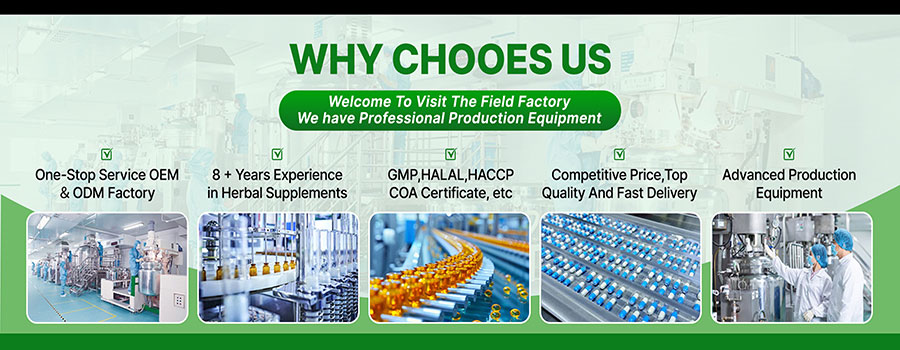
OUR CERTIFICATE
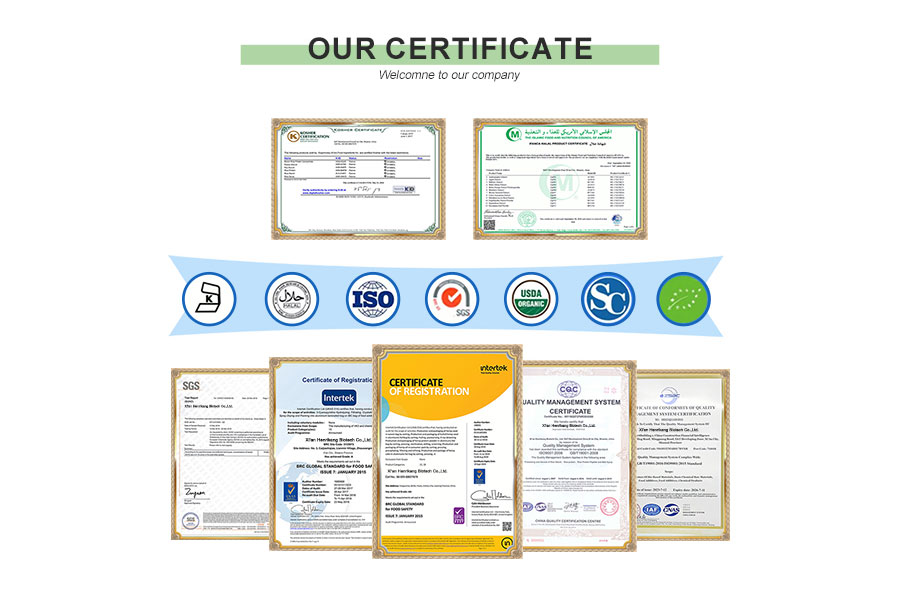
CUSTOM PROCESS
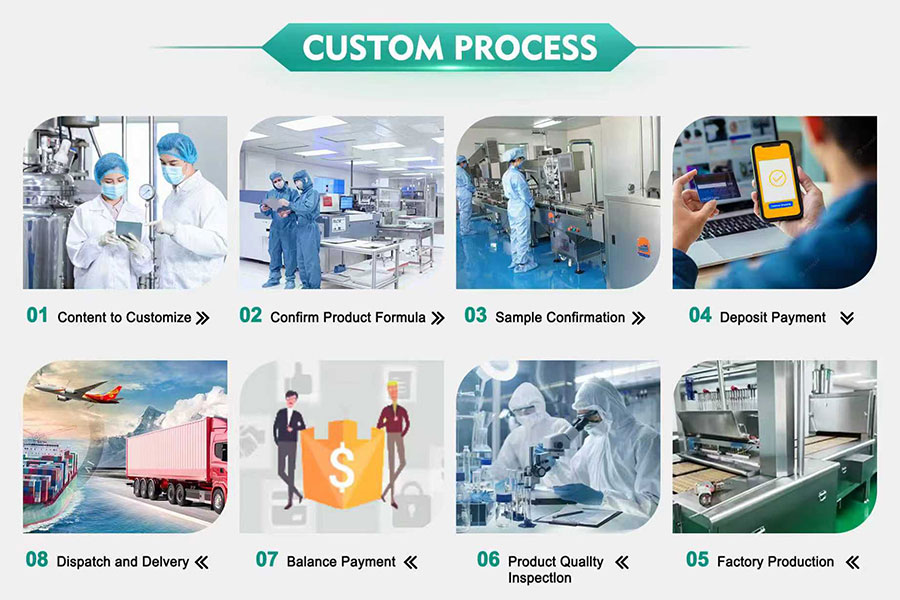
OUR PACKAGE
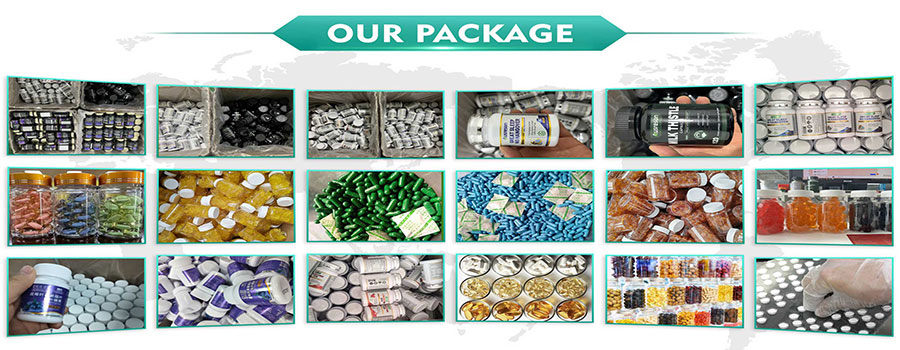
OUR EXHIBITION

OUR FACTORY
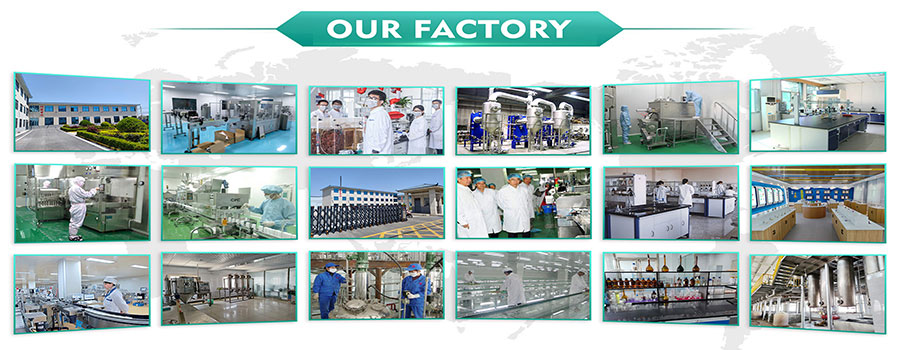
Shipping

Pharmaceutical Intermediate manufacturers
©2022 Xi'an Henrikang Biotech Co., Ltd.,